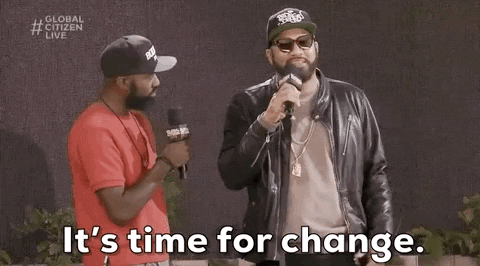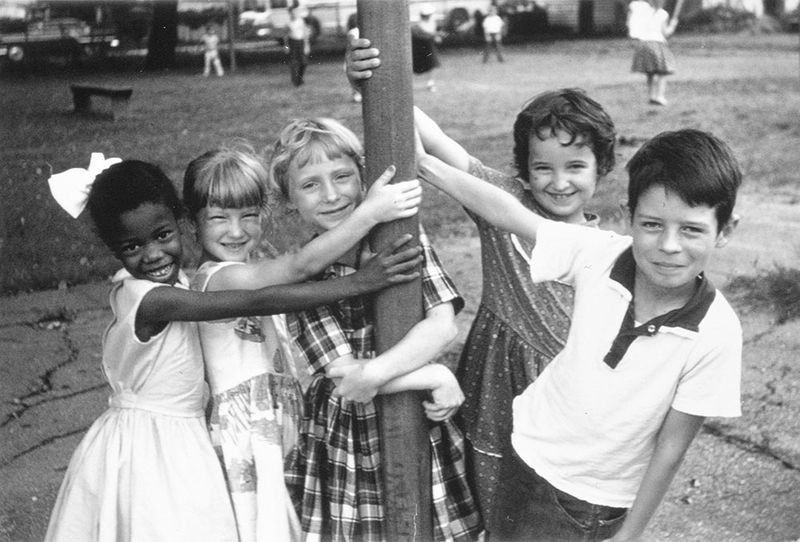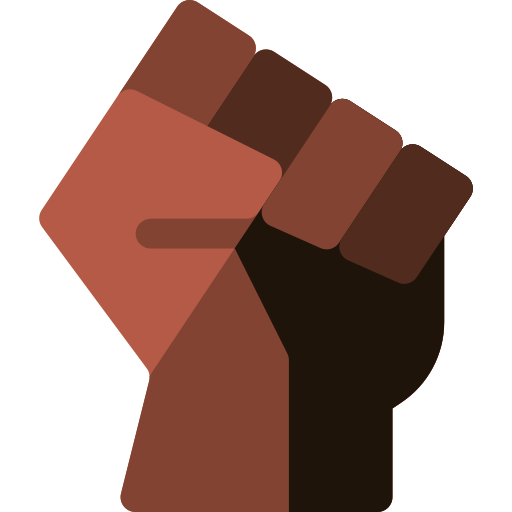
This logo isn't an ad or affiliate link. It's an organization that shares in our mission, and empowered the authors to share their insights in Byte form.
Rumie vets Bytes for compliance with our
Standards.
The organization is responsible for the completeness and reliability of the content.
Learn more
about how Rumie works with partners.

Did you know?
It Takes Courage To Go First

The Southern states continued to resist integration and created a test that was intended to be difficult for Black students.

Ruby Bridges was among five students who passed the test. She was part of the first group of Black students to attend Frantz Elementary School in New Orleans.

U.S. Marshalls had to escort her every day to and from school because of segregationist protests that happened outside of the school.

Only one teacher, Barbara Henry, was willing to teach her, so Ruby spent her days as the only student in her kindergarten class.

Courage Is Contagious
Ruby faced adversity head-on and held her ground. By her second year at Frantz School, Bridges walked to school every day by herself.
At first, may parents removed their children from the school to protest Ruby's presence, but eventually other students joined her in class, and the school began to see full enrollment again.
Not only did Ruby Bridges change society, but she also changed the future of education.
Her presence in schools helped lead the way for eduction to be more inclusive of people from all walks of life.
Small Actions Have Big Impact
Quiz
What big changes did Ruby's actions have an impact on?
Ruby was a catalyst for change. Her contributions are in more than just one area. She made an impact on US society as a whole.
Did you know?
Go Against The Grain
A lifelong activist for racial equality, Ruby recognized from an early age that racism and other forms of oppression are passed down from generation to generation.
She decided to work with children to help them learn from her story.
In 1999, Ruby Bridges created the Ruby Bridges Foundation to help end the fight against racism. The foundation's purpose is to promote respect and equal treatment for people of all backgrounds.
She believes that if enough people "go against the grain" by challenging injustice, they can inspire others to act and change the course of history.
Take Action
Change can start small and it's not always easy.
It wasn't so long ago that Ruby lived in a world of segregation. Her story is a reminder that massive changes like racial integration can start with the small acts of courageous and committed people.

Start by changing your community one step at a time.
This Byte has been authored by
Adriana Villegas Mayorga
Learning Designer



